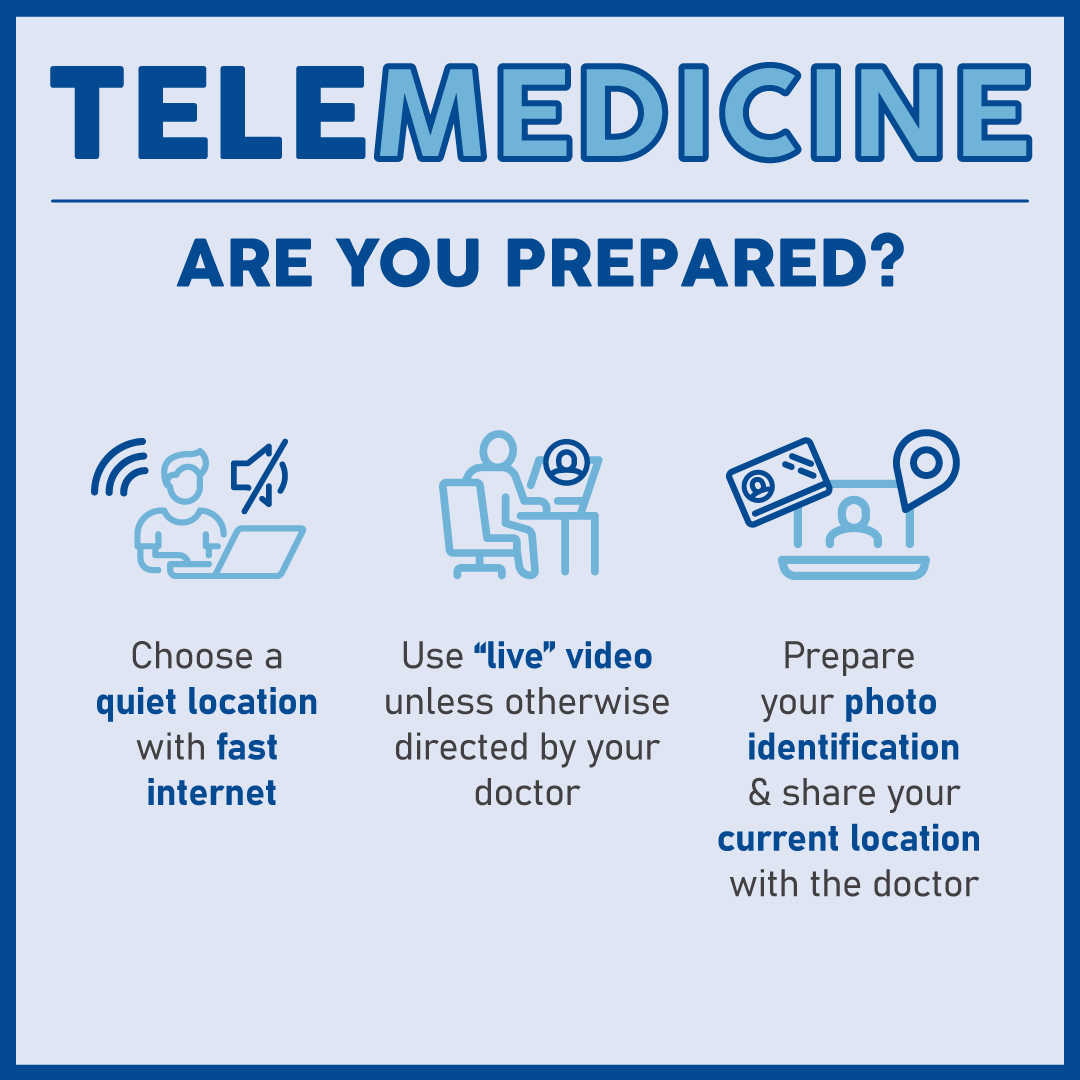Unlocking the Power of Telemedicine Exploring its Myriad Benefits

In recent years, telemedicine has emerged as a transformative force in healthcare, revolutionizing the way patients access medical care and services. With advancements in technology and changing consumer preferences, telemedicine has become increasingly popular, offering a wide array of benefits for both patients and healthcare providers alike. In this comprehensive guide, we’ll delve into the myriad advantages of telemedicine and how it is reshaping the healthcare landscape.
1. Accessibility and Convenience
One of the most significant benefits of telemedicine is its ability to enhance accessibility and convenience for patients. In today’s fast-paced world, many individuals struggle to find the time to visit a doctor’s office for routine check-ups or minor health concerns. Telemedicine eliminates the need for physical appointments by allowing patients to consult with healthcare professionals remotely, using video conferencing or telecommunication technologies. This means that individuals can access medical care from the comfort of their own homes, eliminating the need for travel and reducing wait times.
2. Expanded Reach
Telemedicine has the potential to expand the reach of healthcare services, particularly in underserved or remote areas. In rural communities where access to medical facilities may be limited, telemedicine can bridge the gap by connecting patients with healthcare providers located elsewhere. This enables individuals living in remote areas to receive timely medical care without having to travel long distances. Additionally, telemedicine can facilitate consultations with specialists who may not be available locally, ensuring that patients receive the specialized care they need.
3. Cost-Effectiveness
Another compelling advantage of telemedicine is its cost-effectiveness. Traditional healthcare delivery models often entail significant overhead costs associated with maintaining physical infrastructure and staffing. Telemedicine, on the other hand, can reduce these expenses by streamlining the delivery of care and optimizing resource utilization. By eliminating the need for in-person visits and reducing administrative burdens, telemedicine can lead to cost savings for both patients and healthcare providers. This makes healthcare more affordable and accessible, particularly for individuals without adequate insurance coverage.
4. Improved Patient Engagement and Satisfaction
Telemedicine has been shown to improve patient engagement and satisfaction by offering greater flexibility and convenience. With telemedicine platforms, patients can schedule appointments at their convenience, reducing the need to take time off work or rearrange their schedules. Additionally, telemedicine enables patients to avoid crowded waiting rooms, minimizing exposure to contagious illnesses and reducing the risk of transmission. By providing a more convenient and personalized healthcare experience, telemedicine can enhance patient satisfaction and adherence to treatment plans.
5. Enhanced Continuity of Care
Telemedicine supports enhanced continuity of care by facilitating communication and collaboration between healthcare providers. Through secure electronic platforms, providers can easily share patient information, medical records, and test results, ensuring that all members of the care team are informed and aligned. This seamless exchange of information enables providers to deliver more coordinated and comprehensive care, leading to better health outcomes for patients. Additionally, telemedicine can support follow-up care and monitoring, allowing providers to remotely track patients’ progress and intervene as needed.
6. Chronic Disease Management
Telemedicine holds great promise for the management of chronic diseases, allowing patients to receive ongoing support and monitoring from their healthcare providers. Individuals with chronic conditions such as diabetes, hypertension, or heart disease can benefit from regular virtual consultations, medication management, and lifestyle counseling. Telemedicine platforms can also incorporate remote monitoring devices and wearable technology to track patients’ vital signs and health metrics in real-time. By empowering patients to actively participate in their own care, telemedicine can help improve disease management and reduce the risk of complications.
7. Emergency Preparedness and Disaster Response
Telemedicine plays a crucial role in emergency preparedness and disaster response efforts, enabling healthcare providers to deliver care remotely in times of crisis. During natural disasters, pandemics, or other emergencies, traditional healthcare infrastructure may be disrupted or overwhelmed. Hence Telemedicine benefits can help alleviate strain on healthcare systems by providing virtual triage, remote consultations, and telemonitoring services. This ensures that patients can still access medical care even when faced with logistical challenges or limited resources.
In conclusion,
telemedicine offers a multitude of benefits that are transforming the way healthcare is delivered and experienced. From improving accessibility and convenience to enhancing patient engagement and satisfaction, telemedicine has the potential to revolutionize the healthcare landscape. By leveraging technology to overcome barriers to care, telemedicine holds the promise of delivering more efficient, cost-effective, and patient-centered healthcare services. As telemedicine continues to evolve and expand, it will undoubtedly play an increasingly prominent role in shaping the future of healthcare delivery worldwide.









